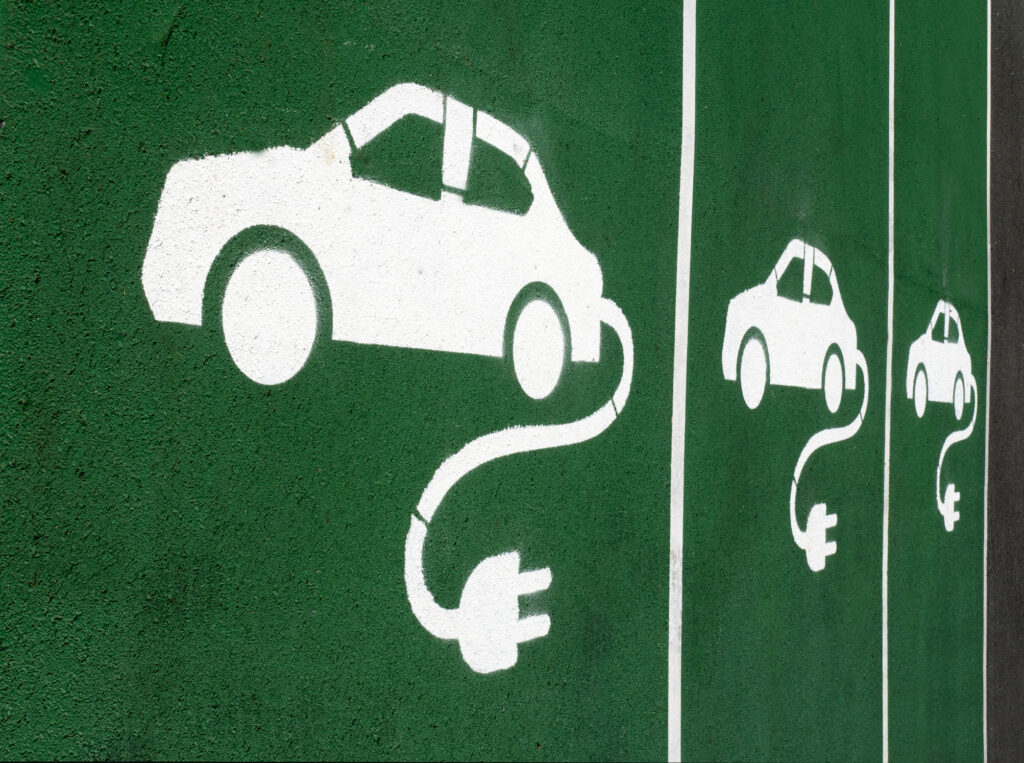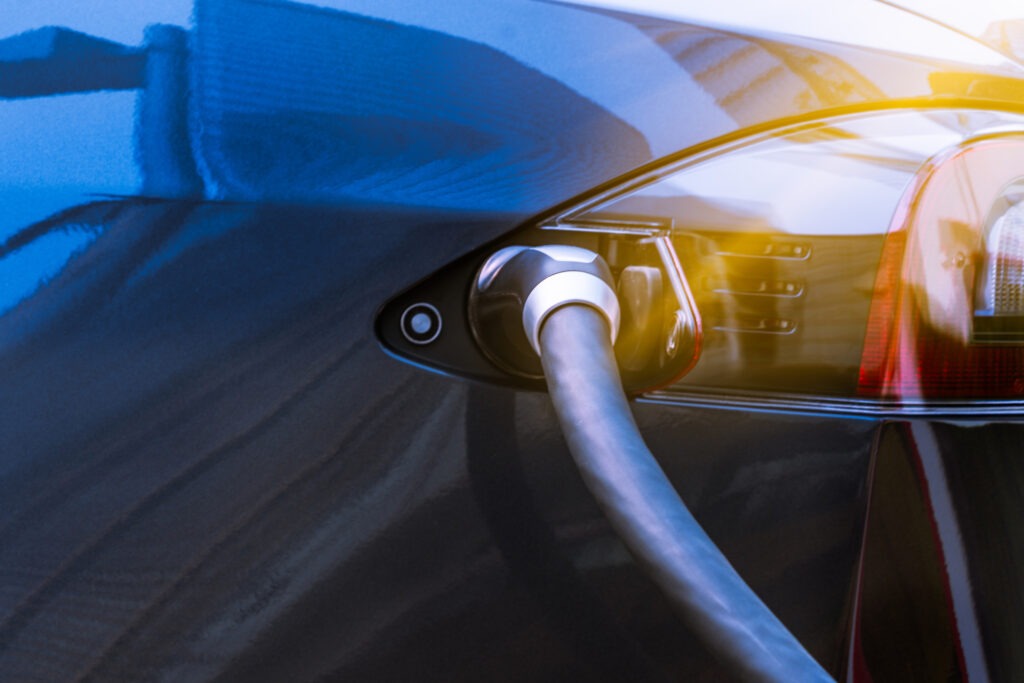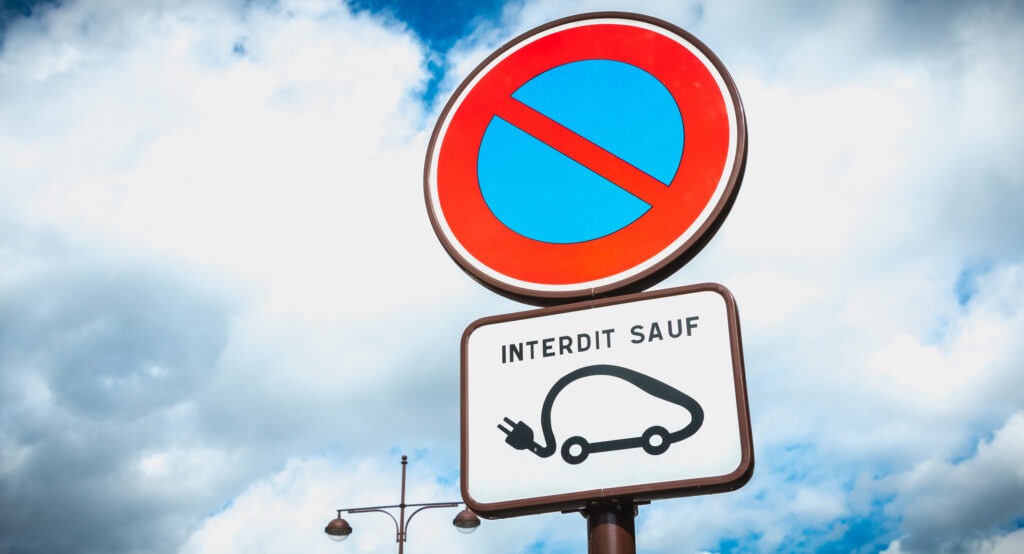Plug-in vehicles make up 14% of global new-car sales in April
16 June 2023

Global plug-in vehicle registrations were up 70% year on year in April, reaching 928,000 units. José Pontes, data director at EV-volumes.com, asks if this could be the last month fewer than one million new plug-in vehicles are sold.
Battery-electric vehicles (BEVs) and plug-in hybrids (PHEVs) represented 14% of the overall automotive market in April, with BEVs alone accounting for 10%. This means the global automotive market remains in the electric disruption zone.
Hybrid-electric vehicles (HEVs) were also on the rise in April, up to 808,000 units, equating to robust double-digit growth. More than 1.7 million vehicles, or 26% of the automotive market, were electrified in the month.
Between January and April, the plug-in electric vehicle market share remained at 13%, with BEVs accounting for 9.2%. These fully-electric models represented 70% of plug-in registrations in April, pulling up the tally from January to April by two percentage points. This gave plug-in vehicles a 70% market share.
Another recording-breaking month
There were no big surprises among April’s best-selling plug-in models. The Tesla Model Y took the top spot, followed by the BYD Qin Plus which managed to beat the Model 3, profiting from the US carmaker’s usual off-peak month at the beginning of each quarter. Tesla’s sedan had roughly the same number of deliveries as last January. This makes the upcoming refresh much needed if Tesla wants to keep growing sales of its midsized sedan.
Surprisingly, the BYD Song ended the month in fifth place behind its sibling the Yuan Plus (also known as the Atto 3 in some export markets). Will the recent refresh and price cut help renew market interest, or will the new BYD Frigate 07 (17th, with 10,042 registrations) start cannibalising sales?
Several records were broken in April. The BYD Dolphin came in sixth with 30,607 registrations and the GAC Aion Y achieved seventh place with 21,069 registrations. The highlight was the Wuling Bingo’s surging sales. It ended the month in 10th with 15,011 registrations.
Four other recent models have proven their capacity for category disruption. In 14th, the Geely Panda Mini reached 10,615 registrations, casting a shadow on the Wuling Mini EV’s success (only ninth last month). The 15th place Denza D9 and 16th place Li Auto L7 ended fewer than 4,000 units behind the full-size category leader, the BYD Han in 11th.
Outside the top 20, there is plenty to consider. Despite the Li Auto L7’s success, other models from the startup are hanging on with notable volumes. Two notable examples were the 6,082 registrations recorded by the L9 and the 6,887 registrations of the L8 SUV.
The Zeekr 001 is starting to profit from the Qilin battery ramp up. With its 140kWh models getting a boost, its sales performance improved to 6,463 registrations in April.
In the midsize category, the Leapmotor C11 SUV hit 6,146 registrations, providing the struggling startup with some much-needed volume. As for the compact category, Great Wall’s Ora Good Cat made a return, with 7,521 registrations. In the city car category, the highlight was the Changan Lumin with 7,759 registrations.
Best-selling car in the world
Between January and April 2023, the Tesla Model Y ruled supreme above the BYD Song. The US crossover’s success is such that it is currently the best-selling passenger car in the world, accounting for all powertrains.
In the remaining podium positions, the third-place Tesla Model 3 recovered some ground over the BYD Song in second. Tesla’s midsize model could profit from peak performance in June to try and displace the Chinese SUV from the runner-up spot.
The first position change was the GAC Aion Y jumping two positions to 10th. The MPV benefitted from a record performance in April and could surpass the ninth-place BYD Han in May.
Thanks to a recent resurgence, the Volkswagen (VW) ID.3 climbed another position, now up to 15th. Three positions below, the Audi Q4 e-Tron is hanging on to a top 20 position, putting three MEB-platform models in the table.
There were also two fresh faces in the top 20. The Geely Panda Mini joined the table in 19th, while just below it the 20th place BYD Frigate 07 became the seventh BYD brand model in the table.
Brand performance pattern
In April, BYD failed to climb over 200,000 registrations, but it was still enough to beat Tesla in its off-peak month. The pattern appears to be continuing. For the rest of the year, Tesla can be expected to win the end-of-quarter months as a result of its usual delivery peak, while BYD will win the other stages of the race.
Below the top two companies, the big surprise was GAC jumping to third, thanks to a record 41,114 registrations. This was due to another memorable performance from its dynamic duo, the Aion Y and Aion S. While the upcoming Aion SSR is unlikely to move the brand up, GAC’s other upcoming model, the ultra-aerodynamic Aion Hyper GT sports sedan, could cause some disruption in the full-size segment.
April saw a close race for fourth. In the end, SGMW secured the spot, fewer than 1,000 units ahead of BMW in sixth. The joint venture took advantage of the success of its new Bingo EV, also finishing ahead of VW in fifth.
In eighth, Li Auto had a record month, with close to 26,000 registrations, thanks to strong results across its line-up. With the startup still experiencing supply constraints, the high-end brand can be expected to continue beating records. The real fun will begin when the L6 and L5 make it to the market.
The second half of the table saw Hozon return to the top 20, in 18th, while Denza made it to 19th despite having only currently one model on sale. With the N7 and N8 coming soon, expect BYD’s premium brand to regularly make appearances.
In 16th, Toyota saw a positive result, with 12,503 registrations, mostly thanks to the ramp-up of its Chinese operations (bZ4X and bZ3). While Toyota is currently the third largest brand in China (and second before the rise of BYD), it needs to increase its electric operations fast, or it could face significant challenges to the million-plus units it sells in the market.
In the Stellantis stable, Jeep continues to profit from strong sales of the Wrangler PHEV (thanks in no small part to the IRA incentives) and the production ramp-up of the Grand Cherokee PHEV. This helped produce another good score of 11,942 registrations.
Top two leaders
Between January and April, BYD finished ahead of Tesla, with the two brands responsible for more than a third of the global plug-in vehicle market.
Far below these two, BMW is comfortable in third, while VW remained in fourth. However, the German carmaker will have a hard time resisting the rise of GAC, which surpassed SGMW last month to reach fifth. Li Auto’s rise also continued, climbing to 10th, and it could climb higher in May considering that the ninth place Changan is only 1,000 units ahead.
In the second half of the table, one highlight was Hyundai climbing one position to 13th. Additionally, Toyota joined the table in 18th, surpassing its domestic rival Nissan, now in 19th.
A never-ending wave of new models
Looking at registrations by OEM between January and April, leader BYD gained market share, up to 21.6%. Meanwhile, Tesla was down to a 15.4% share. Compared to what was happening a year ago, both BYD and Tesla were the big winners. Although, for the latter, that is entirely on the shoulders of the Model Y, while the Chinese company profited from a never-ending wave of new models.
Third place went to VW Group, with the German OEM losing 0.1% of its share (now 7.3%). Meanwhile, in fourth Geely–Volvo was up slightly (6.2% market share). The ‘Chinese VW Group’ was one of the year-on-year winners, increasing its share by 0.5% compared to the same period last year.
In terms of BEVs, Tesla stayed in the lead with a 22.1% share, down from 23.6% in March. The manufacturer has a comfortable lead over BYD (15.1%, up from 14.7%), making it unlikely the Chinese carmaker will be able to remove Tesla from the BEV throne this year.
Taking bronze was VW Group (7.6%, up from 7.5%), slightly increasing the distance between itself and fourth place SAIC (7.5%). Geely–Volvo, achieved fifth with a 5.9% share. The Chinese OEM is looking to challenge SAIC but still has a way to climb. Geely should look in the rear-view mirror and watch out for rising GAC (5.2%) in sixth.



